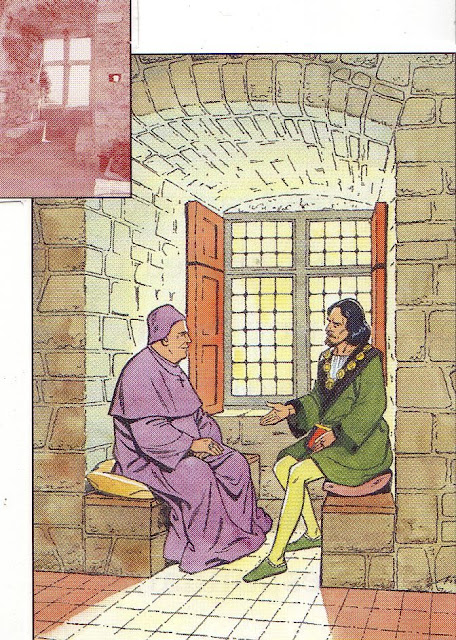Château of Roquebrune - View from the Medieval Window
So let's look out of a window - in fact, let's look out of the Medieval Window in the Great Room. Do click on the blue link above to see this extraordinary room, the window and window seats.

~~~~~~~~~~~~~~~~~~~~~~~~
Thank you to the City Daily Photo family for your encouragement, generous comments, fantastic help from talented photographers and most of all, friendship. Working on Menton Daily Photo and Monte Carlo Daily Photo has changed my life. I now see - really see - my beautiful part of the world. I only looked before...
And of course, a massive thankyou to Eric of Paris Daily Photo, whose brilliant vision this was and to Demosthenes and Igor, who put in endless time working on the technical issues in keeping us all up and running.


























